Toraighyrov University hosted an international scientific conference "XXII Satpayev Readings" dedicated to Kanysh Imantayevich Satpayev - an outstanding Kazakh scientist, Doctor of Geological and Mineralogical Sciences, the first president of the Academy of Sciences of the Kazakh SSR, academician of the USSR Academy of Sciences.
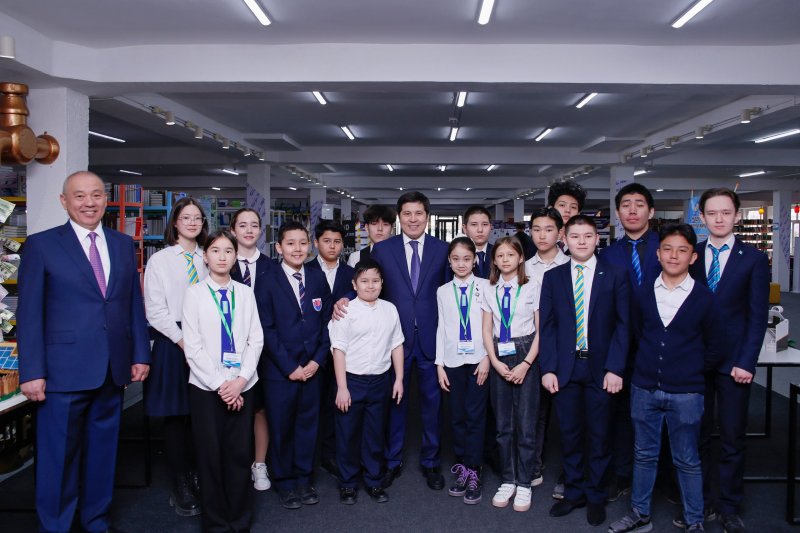
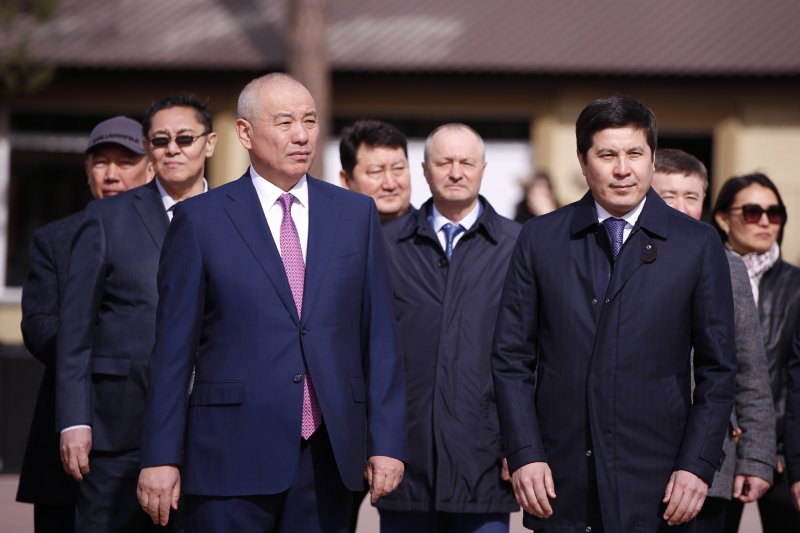
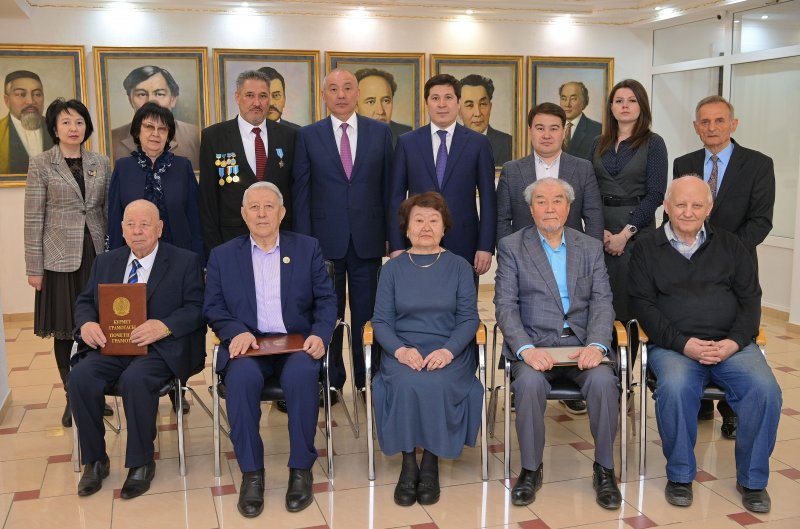
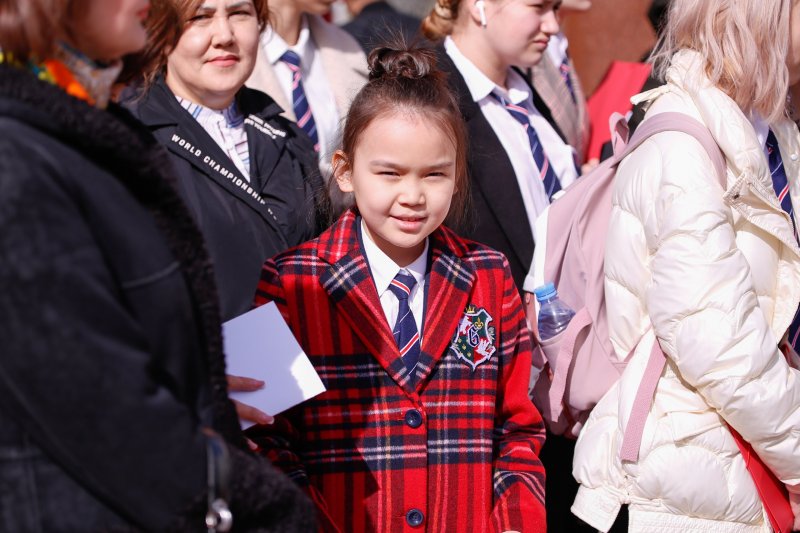
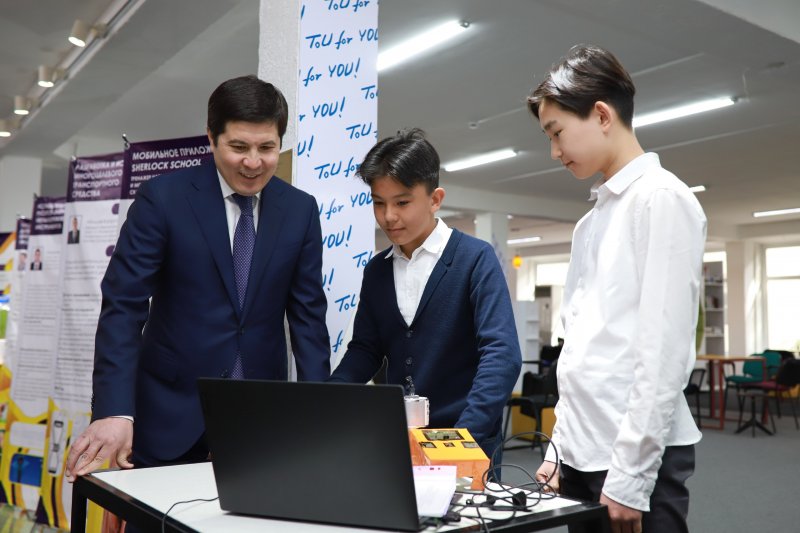
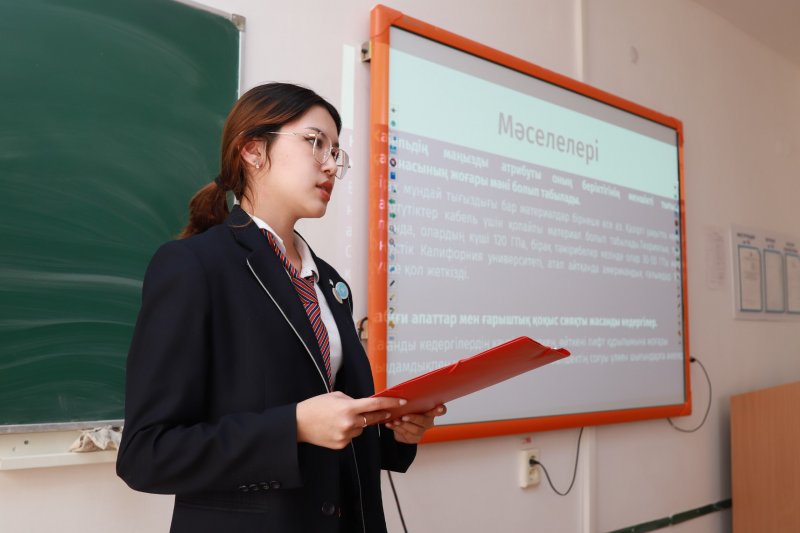
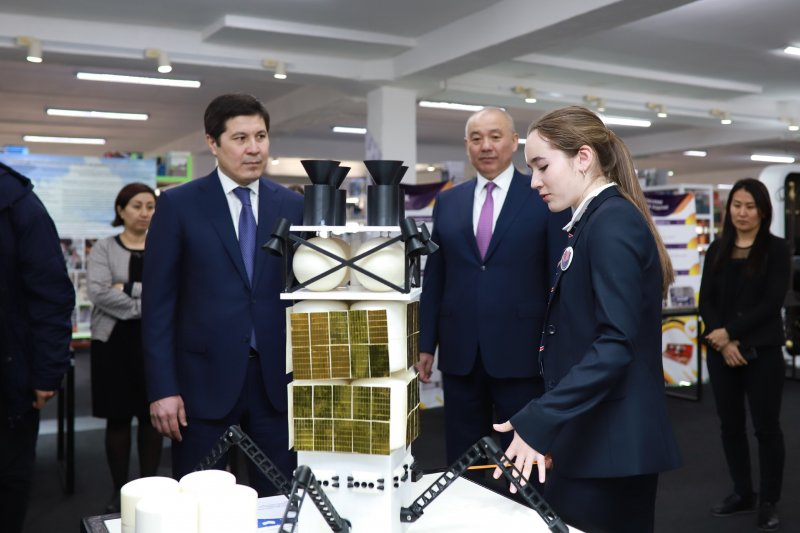
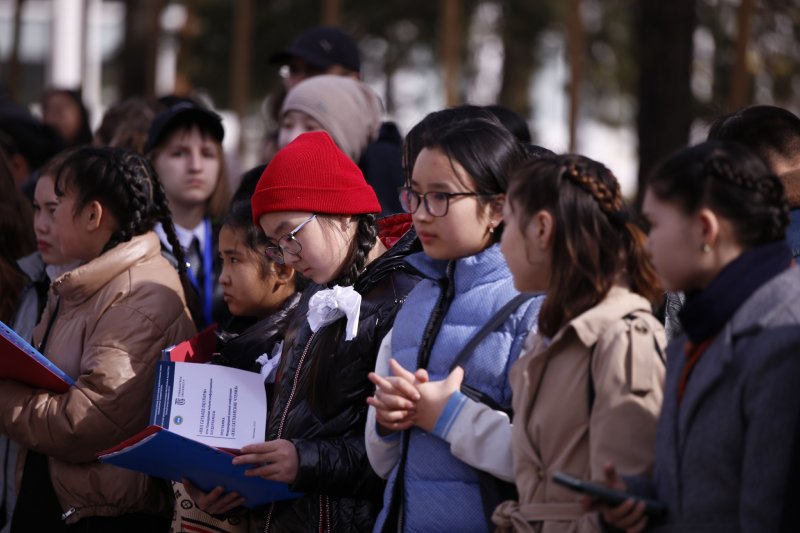
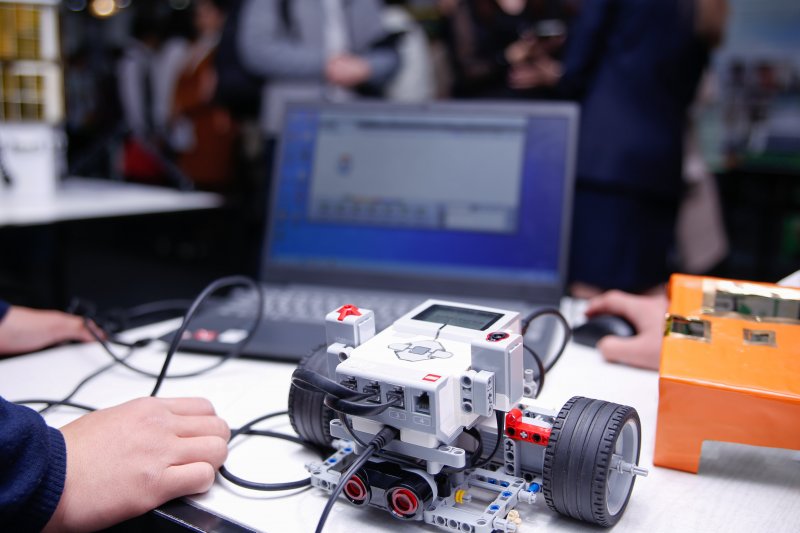
The guests were greeted by Akim of Pavlodar region Abylkair Skakov and rector of the university Yerkin Sadykov.
– Today we are working at activ development of the regional economy. And for this it is necessary to put together the efforts of government agencies, business and the scientific community. Only with such approach will we be able to increase the applied nature of scientific research, commercialize them and make them really useful for society,” said Abylkair Skakov.
On the Day of Science, the head of the region met with honored scientists, and school students presented scientific projects for the processing of medical masks, a module-installation for destruction of biting flies, a psychologist robot and a small spacecraft "Kanysh".
Amirali Alkenev and Zhakhangir Baltabay showed a robot psychologist who can play catch-up and determine the emotional state.
Yaroslava Kravchuk said that the "Kanysh" apparatus is designed to produce "green" hydrogen fuel by electrolysis of water obtained from comets and asteroids.
The schoolgirl's project has already been evaluated at NASA, where the girl was given a grant for further education.
Aruzhan Khalikova, Assem Kabdulla and Islam Abdrakhmanov told how medical masks were recycled with the help of ultraviolet rays and were used for chair seats.
– We live in a time of great technological changes, and therefore we need to join forces in the intellectual mobilization of professionals. The fruits of the labors of our scientists, the projects of students and schoolchildren should work for society. Only in this way we can successfully adapt to new conditions. I hope, as in previous years,that "Satpayev Readings" will become a starting point for generating new ideas and scientific developments, - said Yerkin Sadykov.
Let us recall that the conference received about 1200 articles in 45 sections, in 8 scientific areas from many regions of Kazakhstan. Based on the materials of the conference, 22 volumes of proceedings were published.
Photos by Valery Bugaev, Viktor Ryabov, Victoria Gammer






